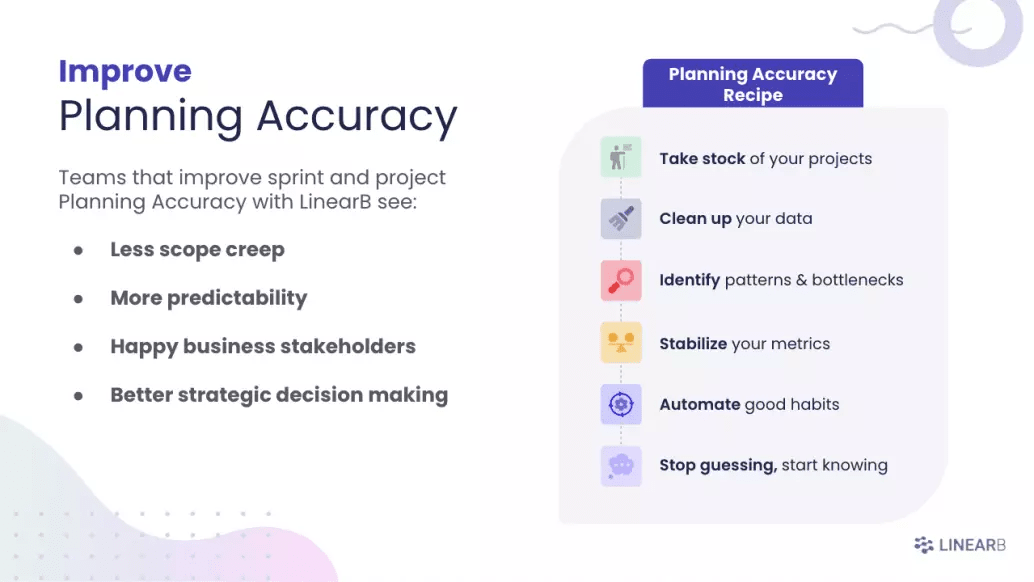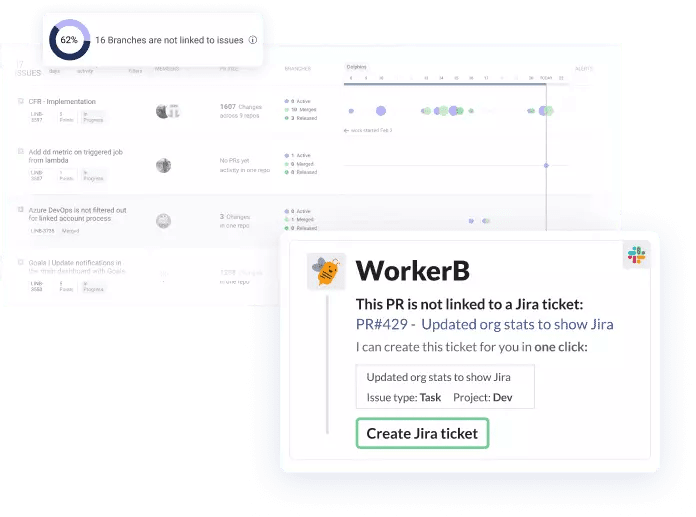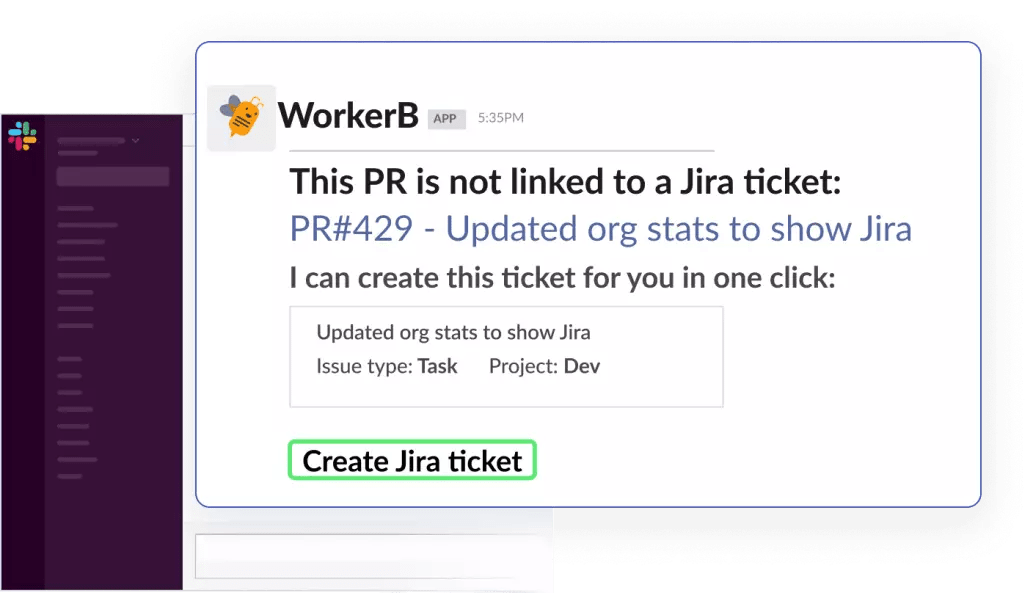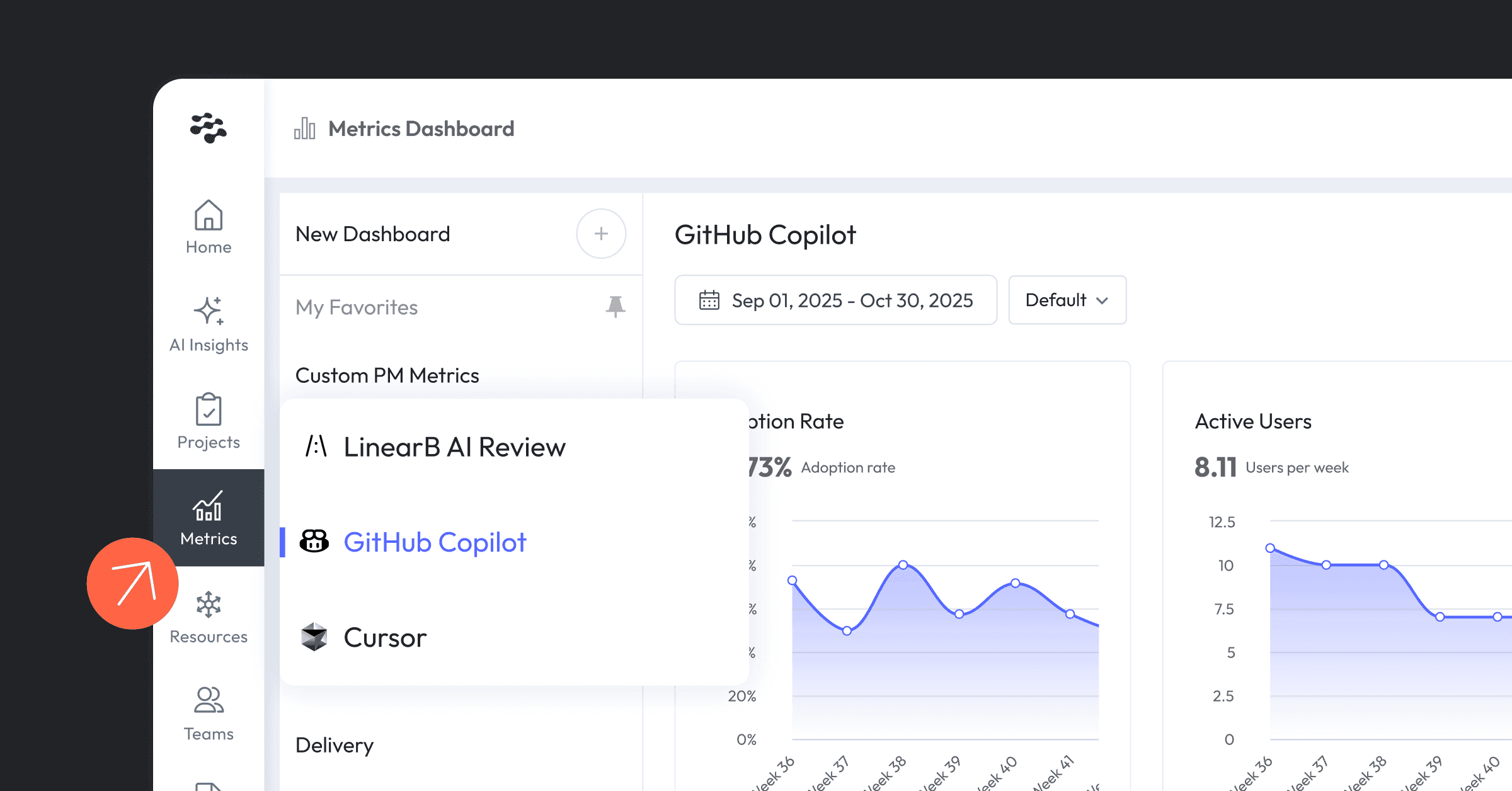Jira is a popular name among software development teams—yet very few teams actually love the platform. In fact, many struggle with their Jira ticket management, and end up loathing the system. Some tech thought leaders have even gone so far as to call Jira software an anti-pattern. And we aren’t too surprised by that. The first sign that Jira has problems is that the very name “issue” is misleading.
Here’s some trivia: Jira started as a bug tracking and project management system. In that system, the name “issue” made perfect sense. But now, Jira has become more than a ticketing system, and “issues” are no longer just bugs. This is why the software development community started calling them “tickets.” And in this article, we’ll show you how to manage your Jira tickets better.
Table of Contents
- The Biggest Issue with Issues
- How to Manage Jira Tickets
- Better Jira Ticket Management Means Better Planning Accuracy
The Biggest Issue with Issues
The most common complaint about the Jira service is that it requires a lot of tedious, manual work. All this friction means that developers start to take shortcuts; they stop updating ticket status or don’t document their work.
Worst of all, a developer doesn’t create a Jira ticket to begin with. This means their work is untracked, and invisible to everyone but them. This is called shadow work, and it’s a huge problem for engineering teams. It’s also a sign of poor Jira ticket management.
In 75% of teams, 31% of branches are unlinked.
When your team lacks data hygiene, you have to make decisions with incomplete information. So, you’ll end up relying upon anecdotes and gut feelings instead of data.
Bad data also impacts your planning accuracy. In fact, the industry average is less than 50%—so your projected timelines are more often wrong than they’re right.
And as a result, your CEO and other department heads don’t trust your roadmap or status reports. So the teams won’t be recognized for the features they ship. Instead, you’ll have to constantly deal with disappointment and frustration because engineering isn’t delivering fast enough.

How to Manage Jira Tickets
Let’s now look at how you can reduce the friction involved in working with Jira projects and improve your engineering org’s data hygiene and planning accuracy.
Jira Automations
Developers think it takes too much elbow grease to keep tickets updated. Thankfully, Jira does offer some nifty automations to help ease devs’ suffering. The automations can be a little complicated at first, but once you get the hang of them, they can be really powerful. They’re also endlessly customizable—if you can think it, you can do it (probably).
Let’s take a look at two of the most popular Jira automations.
Auto-Create Subtasks
This is a great one to automate the generation of a set of subtasks that are the same across tickets. It’s a stellar solution for creating repeatable tasks with additional steps, like PR requests or planning user stories.
Let’s say your company sends an internal newsletter each week with updates from each department. You can manage this with a ticket named “Weekly Newsletter” and assign a subtask to each department head. If you use automation, you’ll do all this with one click—not dozens—and your ticket management will be much easier.
Auto-Link Related Issues
This is a cool new automation that Atlassian shipped last year. You know you can’t keep Jira tickets organized if you aren’t linking issues. But at the same time, it takes too much manual clicking to link the issues. Now with this automation, you can set up triggers that will create the links for you.
For example, you can set it up to automatically create a link when an issue is mentioned in the description. You can even set up a shorthand—like “LINK” followed by a ticket mention—and Jira will create a link for you.
Jira Workflows
Another super useful Jira feature is Workflows. A workflow is basically a set of steps every issue must go through. This allows you to ensure developers execute issues fully, without cutting any corners.
And more specifically, workflows are amazing for Quality Assurance. Suppose you’re launching a new feature. But before that, you need another developer to check functionality. Then, you need a designer to check that the mock-ups were followed. And finally, the product manager has to check everything and sign off for launching. A workflow can help you ensure all these steps happen—and in the right order.
Surface Unlinked Branches
When you have unlinked branches, your sprint plans no longer line up with the work being done in the sprint, and your planning accuracy will suffer.
But the first step to eliminating shadow work is identifying it.

Because LinearB correlates Git activity with Jira issues, LinearB’s Pulse Dashboard can help you detect shadow work by spotlighting unlinked branches. This way, you can make sure all work is linked to a ticket.

Create Jira Tickets from Slack
Once you’ve surfaced shadow work, the second step is to eliminate it.
Jira Cloud already has a great Jira Slack integration. With it, your team can follow tickets as they get updated through notifications in Slack. But this doesn’t account for shadow work behind the scenes.
LinearB’s developer automation bot, WorkerB, will alert devs when they’ve created an unlinked branch. Then, with just one click from within a Slack channel, devs can create a ticket for that work.
Among teams using this One Click Ticket feature, we have seen a 67% drop in unlinked branches.
If your data captures all the work your team is doing, you can use it to refine your sprint planning process. Then, you can plan more accurately and consistently deliver on your promises.

Better Jira Ticket Management Means Better Planning Accuracy
Jira can be maddening, but it doesn’t have to be. By leveraging its more advanced features and tools like LinearB, you can make it feel like Jira is working for you instead of the other way around.
When it’s easier for your developers to work with Jira, you’ll reduce the amount of shadow work and improve data hygiene.
When that happens, data concerning your org’s development work will be more reliable. This means you can finally understand why a sprint deviated from the plans. You can then use those learnings to iterate on your sprint planning process and plan future sprints more accurately.
When you consistently deliver on your promises, you earn the trust of other leaders and the company as a whole. This enables other teams to confidently line up their timelines to development timelines, which results in a tightly-aligned, high-velocity organization.
All these possibilities are within reach if you effectively manage your Jira tickets.




